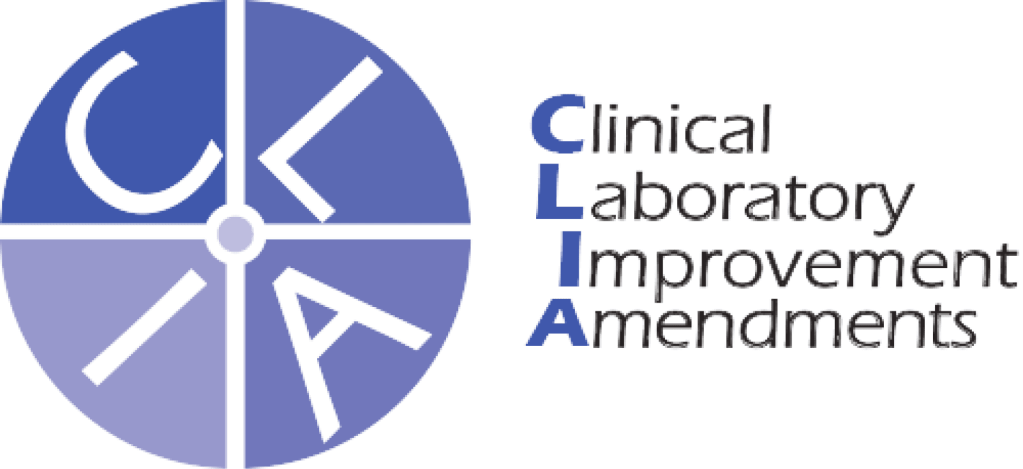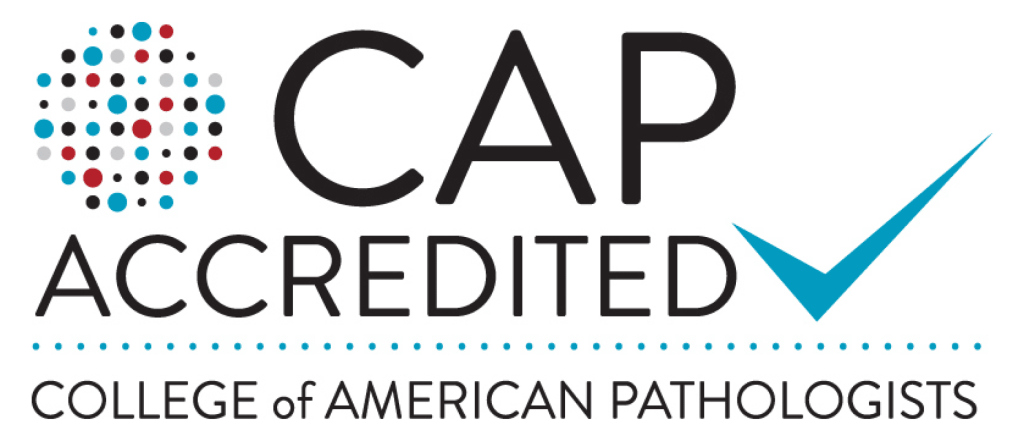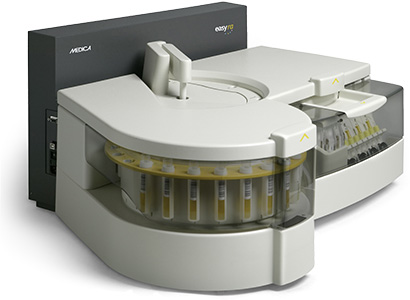
Laboratory Director Services: Your Path to Compliance and Success
September 25, 2025Customized Policy and Procedure Manuals
Consistent, Safe, and Compliant
From the time a specimen arrives at your lab to the moment results are generated for the client, policy and procedure manuals provide the foundation needed for accuracy, consistency, and compliance. While off-the-shelf manuals might seem all you need to start, they rarely match the daily reality of a working laboratory.
That’s where Laboratory Management Consultants (LMC) can make a difference. When manuals don’t reflect your actual workflow, problems follow. Steps get skipped, staff invent workarounds, and inspectors find gaps. We help laboratories turn regulatory language into practical instructions. Our customized policy and procedure (P&P) manuals are designed around your instruments, staffing, test menu, and LIS. They create clarity and consistency in day-to-day operation, and deliver the confidence you want during inspections.
Why Templates Fall Short
Every lab has its own way of working. Even labs with the same testing menu can have different instruments, staffing structures, and data systems. A generic template doesn’t reflect those differences. It may contain steps you don’t use, leave out key details your team relies on, or use vague wording that leaves too much room for interpretation.
Surveyors know this. They can tell when your SOPs don’t match how your lab actually operates. A mismatch can lead to findings, corrective actions, or even citations. More importantly, unclear instructions create real risk. Lab techs can make preventable errors when procedures are confusing or incomplete.
A customized manual solves that problem. It captures the exact way your lab works — not an idealized or outdated version. It also provides clear guidance your staff can follow without second-guessing.
A Process Built for Your Lab
Creating a manual isn’t about filling pages with jargon. It’s about capturing the real flow of your lab in a way that meets regulatory standards. At LMC, that process begins with a discovery and gap analysis.
We spend time learning how your lab actually functions. We examine your test menu, instruments, LIS, staffing, and physical workflow. Next are the gaps. We look for the differences between the written procedures your do have and what’s actuall happening on the bench. This gives us the insights necessary for building a manual that reflects both your facility’s operational reality and regulatory requirements.
Next, we take a close look at each stage in the testing process: pre-analytical, analytical, and post-analytical. This level of detail matters. It defines how specimens are handled, how quality control is performed, how results are verified, and how records are maintained. By working through these steps together, we make sure every instruction is precise and practical.
Once the process is clear, we begin drafting SOPs, forms, and checklists. These aren’t written in legalese or academic language. We want the lab techs, the people who use them to have confidence in your custom procedures and use them as practical tools. All instructions need to be clear, concise, and actionable, leaving no doubts as to about what to do and how to do it.
Practical Validation with Your Team
The best manuals aren’t written in isolation, they’re tested in the lab. Once drafts are complete, we engage your staff to validate each procedure. Their feedback ensures the instructions match the actual workflow and are realistic for daily use. This step turns your manual from a compliance document into a living resource your team trusts.
We also help set up a training structure so each role has clear responsibilities. Staff know which SOPs apply to them, and training records document their sign-offs. This keeps onboarding fast and keeps your team aligned with current procedures.
The Role of Document Control
Document control is one of the most common weak points for clinical laboratories. National audits show that fewer than half of lab documents meet all six core control elements:
- Authorization
- Availability
- Currency
- Management review
- Staff review
LMC builds document control systems that meet or exceed these expectations. Every document is approved before release. Older versions are archived properly. Review dates are tracked and documented. And staff can easily access what they need from any bench or workstation.
These practices do more than satisfy regulators: they make your lab more organized and reduce the daily friction of finding the right information at the right time.
Manuals that Evolve with Your Lab
A policy manual should never be a static binder sitting on a shelf. Laboratories grow, methods change, and regulations are updated every year. A good manual is built to evolve.
LMC stays on top of regulatory changes from CLIA, CAP, COLA, and ISO. We schedule periodic reviews of your documentation so updates happen proactively, not in a rush before an inspection. When something changes—whether it’s a new instrument, a revised procedure, or an updated regulation—we help incorporate it smoothly.
This approach keeps your lab audit-ready at all times. You’re never scrambling to update a procedure days before a surveyor walks in.
The Real Value of a Well-Built Manual
When your documentation is well designed, your lab runs more smoothly. Staff know exactly what to do and how to do it. Audits are less stressful. Errors are easier to track and correct. And new hires ramp up quickly because their training is built on clear, accessible SOPs.
A strong manual also builds consistency across shifts and locations. It reduces variability in how tests are performed, which leads to fewer nonconformances and a more stable quality management system. Over time, this improves your lab’s performance metrics, from turnaround time and PT performance to corrective action reports.
Compliance That Scales
A laboratory is never static. Many of the labs we work with start small, then expand their testing menu or open additional sites. Others move from moderate to high complexity testing as they grow.
Because our manuals are designed around real workflows, they can scale with you. When you add new instruments or expand your menu, we build on what you already have. There’s no need to tear down and start over. This saves time, money, and frustration.
Managing Change Without Disruption
Updating SOPs can be a messy process in many labs. A single change can leave different versions floating around, or training gaps can appear between updates and staff sign-offs. LMC takes a structured change-management approach to prevent that chaos.
Each change is documented and approved. Staff receive notifications and complete required training. Old versions are archived automatically. Audit logs remain clean and easy to review. This way we can keep everyone on the same page and limit the risk of outdated procedures sticking around in the workflow.
Measuring Impact
Compliance is one thing, but good documentation helps with performance too. That’s why we help labs measure key indicators after implementing new manuals. Tracking nonconformances, corrective actions, and turnaround times can reveal where improvements are happening. Over time, labs often see fewer errors, fewer inspection findings, and smoother onboarding of new staff.
These metrics also make a powerful case to leadership. They show how investing in good documentation pays off in tangible ways.
A Strong Foundation for Digital Operations
Today’s laboratories rely on digital tools to manage workflows and data. A well-built manual integrates with those tools rather than sitting apart from them.
We align your SOPs with your LIS, middleware, and reporting systems. Digital forms, secure archiving, role-based access, and automatic update notifications turn documentation into part of your daily operations. This level of integration makes inspections easier, too. Surveyors appreciate seeing a system where document control and workflow align together.
Confidence During Inspections
Every laboratory faces inspections. Whether you’re accredited by CAP, COLA, or operating under CLIA, surveyors want to see clear, current documentation that matches what happens at the bench.
Inspectors look for evidence of management and staff review, proper archiving, and traceable version history. They’ll ask staff to explain procedures and expect their answers to match the SOPs. When your manuals are well designed and current, those conversations are straightforward.
Many of our clients tell us their inspections became far less stressful after implementing customized manuals. Instead of worrying about whether documentation is current, they can focus on showcasing their strengths.
A Partner in Long-Term Quality
Documentation is more than a compliance requirement. It’s the foundation of your quality system. LMC doesn’t just build manuals and walk away. We support laboratories long term with scheduled reviews, regulatory monitoring, and process improvements.
This partnership ensures your manuals stay aligned with evolving standards and operational changes. It also gives you a trusted resource when preparing for inspections, expanding your testing, or onboarding new staff.
Start with a Readiness Assessment
If you’re not sure where your documentation stands, the best first step is a readiness assessment. We’ll review your current SOPs, forms, and checklists and compare them to regulatory requirements. Then we’ll give you a clear picture of what’s working, what’s missing, and what needs to change.
Many labs discover they already have the foundation of good practices in place, they just need some experienced fine-tuning on structure and control. Others find gaps that can be closed with a systematic, manageable plan.
Either way, you’ll come away with a clear path to compliance and confidence.
Your Laboratory Deserves More Than a Template
Each laboratory is unique and procedures should reflect that. A one-size-fits-all manual can create confusion and risk, but a customized, living documentation system can make your lab more efficient, more compliant, and more resilient.
At LMC, we help laboratories build manuals that support daily work, inspections, and long-term growth. If you’re ready to turn documentation into an operational strength rather than a compliance burden, we’re ready to help.
Call us at (606) 487-0523 or tpace@emaillmc.com to schedule your readiness assessment.











